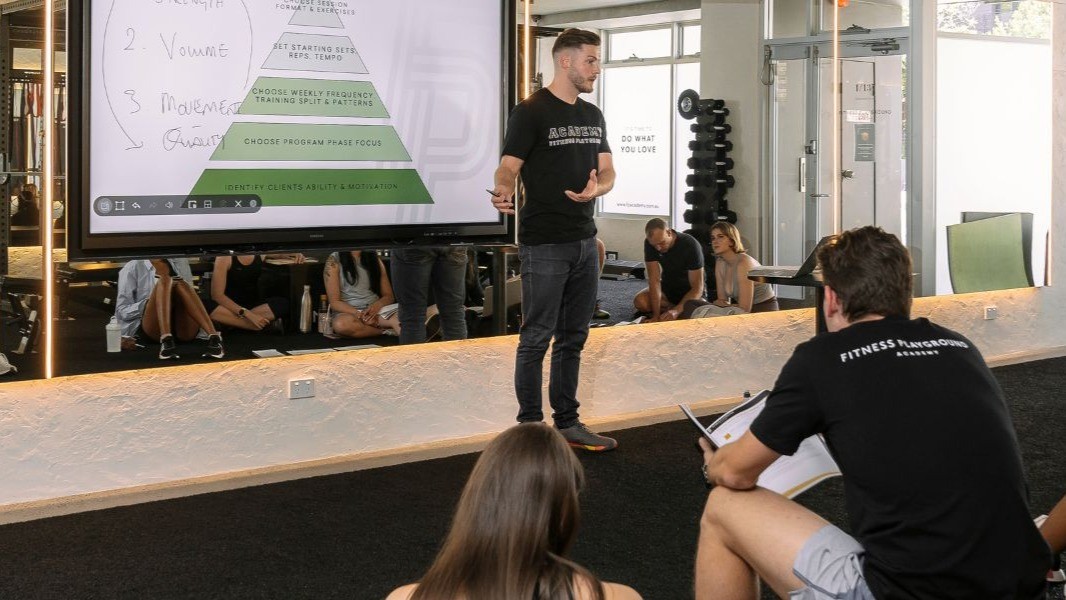Cracking the Code of High-Performing Teams

The Science and Strategy of Building Great Teams
We often celebrate great teams in business, but we don’t always unpack why they work so well. The truth is, high-performing teams aren’t built by accident, they’re built with a blend of science and strategy.
Over the last two decades, organisational psychology and leadership research have given us clear insights into what makes teams thrive. Companies like Google, through its famous Project Aristotle, have shown us that it’s not just about talent, it’s about the environment and dynamics within the team.
So what does science say, and how can we apply it strategically?
The Science of Team Flow
Research in organisational psychology is remarkably consistent, and Google’s own internal studies back it up.
Project Aristotle, a multi-year study of over 180 Google teams, found that how a team works together matters more than who is on it. Their analysis identified five critical dynamics of successful teams:
- Psychological safety – the ability to speak up, take risks, and admit mistakes without fear.
- Dependability – team members reliably deliver on commitments.
- Structure and clarity – clear roles, plans, and goals that connect to the bigger mission.
- Meaning – personal purpose in the work.
- Impact – the belief that work truly matters.
At the same time, Google’s Project Oxygen showed that effective managers are the lever that unlocks team success. The best leaders consistently act as coaches, empower their people, create clarity, and set vision, behaviours that translate directly into engagement and retention.
Other research reinforces this:
- Clarity drives momentum. Teams excel when every member knows their role and how it fits.
- Diversity strengthens outcomes. Different perspectives fuel creativity—if they’re respected and integrated.
- Shared purpose sustains energy. A clear “why” keeps alignment strong, even through challenges.
These aren’t abstract ideas—they’re measurable. Google’s high-functioning sales teams, for example, exceeded targets by 17% when these dynamics were present.
The Strategy of Team Design
Science tells us why teams succeed. Strategy shows us how leaders can build them.
- Hire for character and alignment. Skills can be taught; values and mindset ensure long-term cohesion.
- Create rituals that reinforce culture. Habits, check-ins, and shared practices embed accountability and trust.
- Develop leaders at every level. Teams thrive when responsibility and growth are distributed, not centralised.
- Build for the future, not just the present. Every member should feel like a custodian of what comes next, not just a contributor today.
This is where Project Oxygen’s lessons become practical: leaders who coach, empower, and develop people create the conditions for Project Aristotle’s five dynamics to flourish. In other words—managers shape the soil, teams grow in it.
Culture, then, becomes a system, not a slogan.
Why It Matters
The strongest teams don’t just deliver results, they create an environment where people grow, contribute at their best, and stay committed.
In the modern workplace, competitive advantage won’t come from capital or technology alone. It will come from the ability to consistently build and rebuild high-performing teams—teams that inspire, adapt, and achieve more together than they ever could alone.
Great teams aren’t a coincidence. They’re built on purpose, with intention.
At FLI, we approach team building as both a science and an art. It’s not just about filling positions, but about creating environments where people feel safe to contribute, aligned around shared goals, and motivated to grow. We use strategy, cultural alignment, and deep understanding of the science to help organisations build teams that work well together and drive business performance long term.
If you’d like to explore how this could look in your business, let’s start a conversation.

